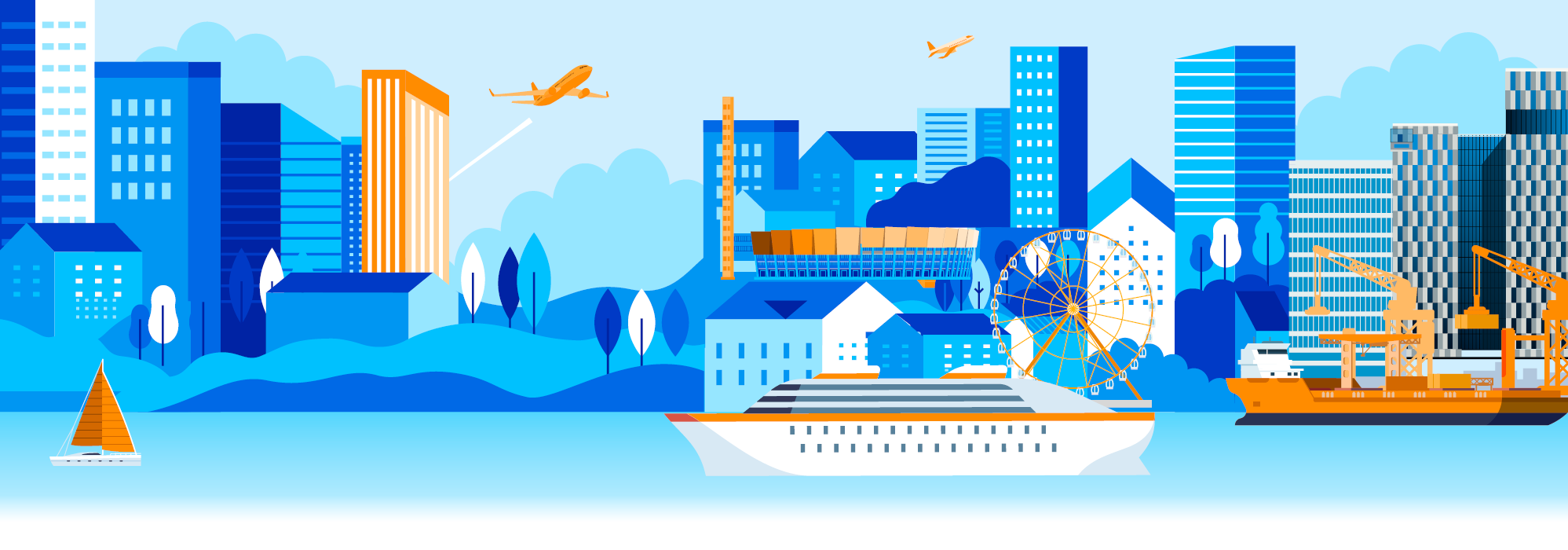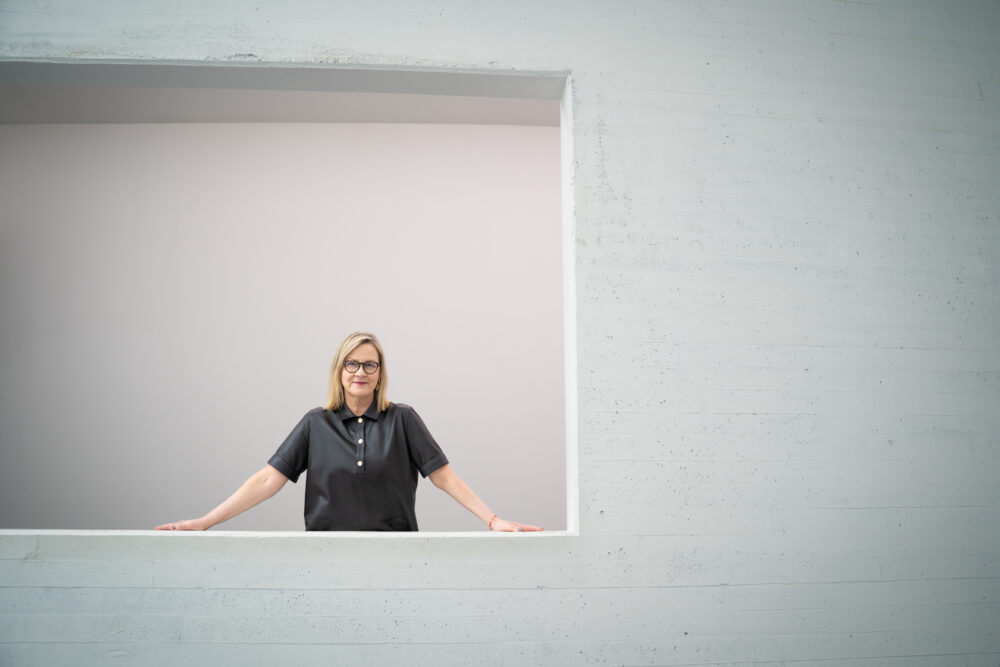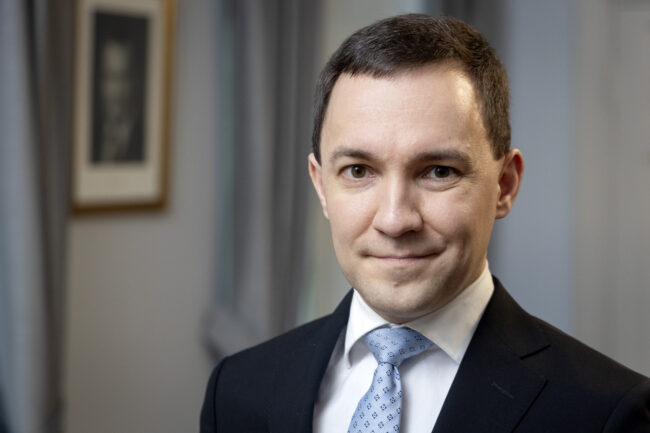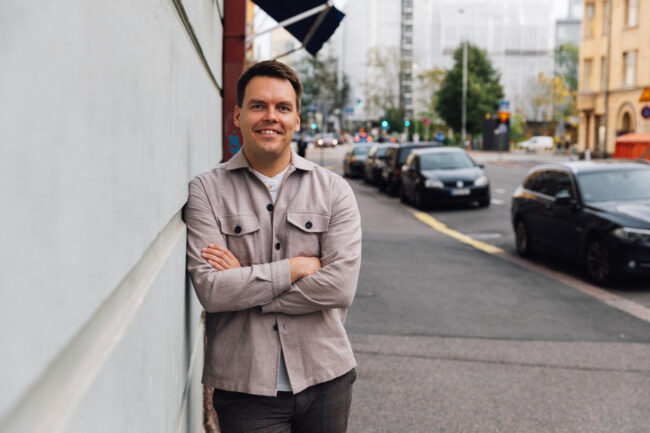The EU should more actively bring together different cities and promote dialogue between them. We must learn from each other and expand our knowledge of internationalism and multiculturalism. Our perspectives broaden only through encounters and cooperation, writes Swedish People’s Party Member of Parliament and European Parliament candidate Eva Biaudet in her blog.
My great-grandfather originally moved to Helsinki from French-speaking Switzerland to work as a researcher at the University of Helsinki. Family lore says that Finland was chosen because it was known to be liberal, and a child born out of wedlock would not be poorly treated. At that time, one could manage as a lecturer at the University of Helsinki with just the French language. Unfortunately, the bilingualism of my generation no longer includes fluent French. Instead, the bilingualism of our family and the coexistence of many cultures and languages live on and serve as a great strength.
For me, European identity means above all this – the coexistence of many different cultures. It also encompasses all the values on which the Union was founded: human rights, equality, the rule of law, and freedom.
The coronavirus era gave us a glimpse of what inward-looking and EU-hostile policies could bring. Borders were closed, and people were isolated. Families were separated on both sides of the borders, and work commutes were interrupted by national borders.
The EU should more actively bring together different cities and promote dialogue between them.
As a counterforce to such development, European cities play a vital role, fostering active interaction and cooperation among people, science and art, businesses, and decision-makers, and where social relationships and societal and economic innovations emerge.
The EU should more actively bring together different cities and promote dialogue between them. We must learn from each other and expand our knowledge of internationalism and multiculturalism. Our perspectives broaden only through encounters and cooperation, and together we can find new types of solutions to even the biggest questions.
Global problems are shared. All European cities face similar challenges, such as combating climate change, preserving biodiversity, reducing poverty, and preventing the socio-economic segregation of regions. In many member countries, the biggest obstacle to growth is the labor shortage.
Art and culture ensure free interaction.
The significance of free movement cannot be overestimated as a driver of cultural and skill development. Strengthening European identity does not mean homogenization but rather adopting a deepened and more diverse identity through interaction – picking the best parts – the best emerges over time and changes with it.
Art and culture ensure free interaction. European funding for art and culture also strengthens Finnish culture and cultural heritage, opera, children’s culture, and the fields of circus and dance. Science and research are also essential. Everyone should have a genuine opportunity to experience our Europe, and thus be involved in shaping and strengthening our European identity. This can happen through travel, study, work, or living in another country. In addition to facilitating the mobility of citizens of member states, we should create more and safer pathways for people to move here and ensure that newcomers want to stay here for longer periods.
European cities must offer everyone the opportunity to live their own kind of life while feeling part of the community.
This article was translated by AI and revised by a person. The original Finnish Article can be read here



